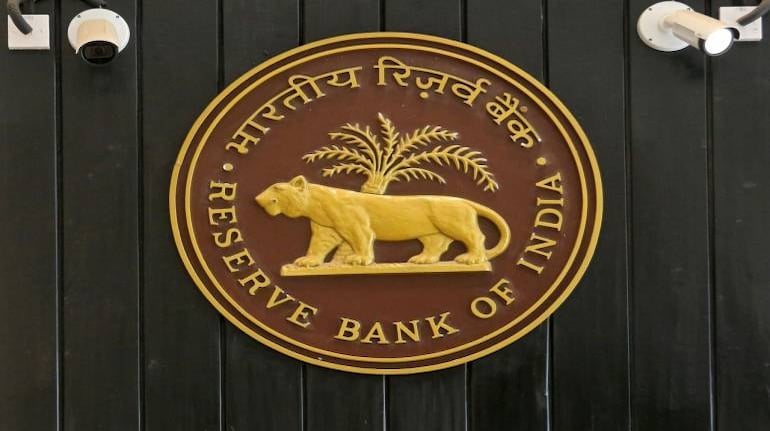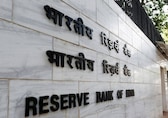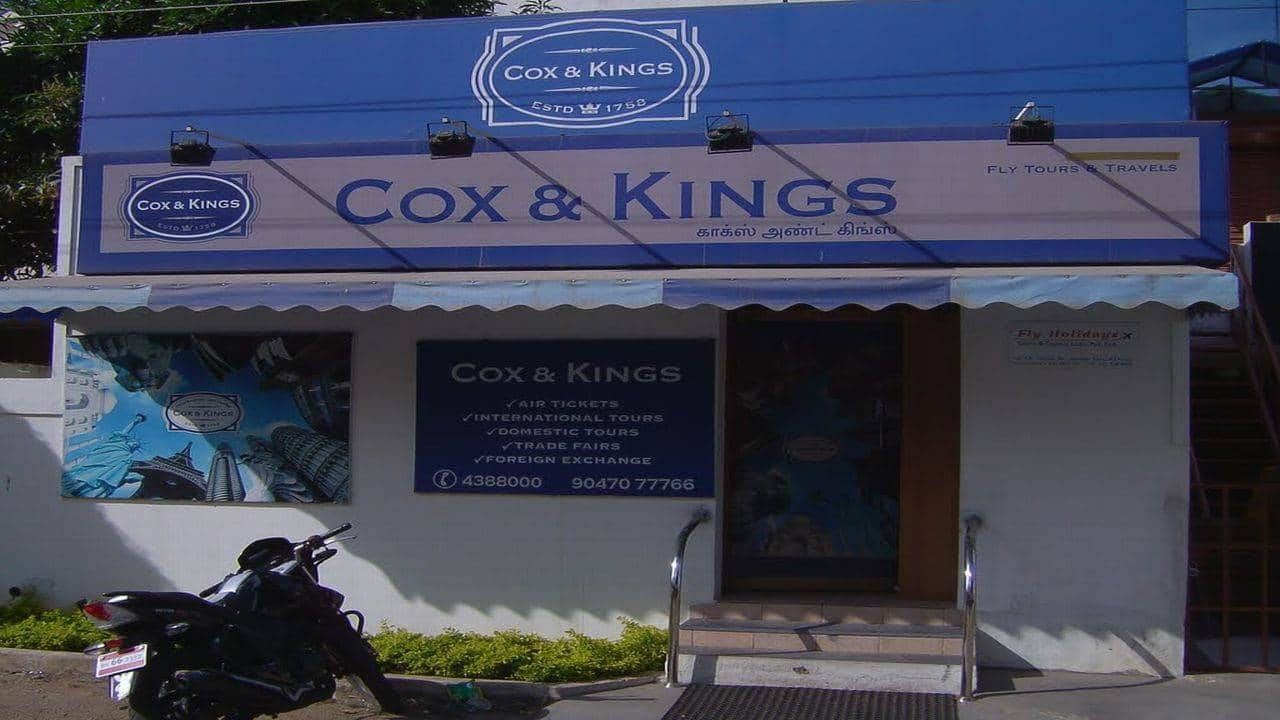The outlook for inflation suggests no further rate reduction in FY2021 and a rapidly shrinking likelihood of a final cut in FY2022.
Aditi Nayar
The Reserve Bank of India (RBI) monetary policy committee (MPC) which is meeting to consider appropriate policy rates for India amid an unsavoury inflation outlook and lack of clarity on the strength of the economic recovery anticipated in H2 FY2021.
When it last met in October 2020, the MPC had voted unanimously to leave the repo rate unchanged at 4 percent and continue with the accommodative stance for as long as necessary to durably revive growth and mitigate the impact of COVID-19 on the Indian economy, while ensuring that inflation remained within the target of 2-6 percent.
Since then, data has revealed that the GDP contraction narrowed to a better-than-expected 7.5percent in Q2 FY2021, amid doubts on the extent of the recovery being experienced by the informal sectors.
After a flurry of growth displayed by many lead indicators in October, the early data for November, including electricity demand and the generation of GST e-way bills, is decidedly dull. It is difficult to conclusively tease out the impact of base effects, a change in the festival calendar and the satiation of pent-up demand, from the information that has trickled in so far for the just concluded-month.
For instance, the pace of growth of electricity demand dropped sharply to 3.5 percent in November 2020 from 12.1 percent in October 2020, reflecting fewer working days in the just-concluded month.
The electricity demand in October-November was 2.4 percent below the October-November 2018 level, which suggests that caution in interpreting the strength and sustainability of the economic recovery may be warranted.
On the other hand, the CPI inflation rose further to an uncomfortably high 7.6 percent in October 2020 from 6.9 percent in Q2 FY2021. The healthy kharif arrivals, import duty cuts, favourable base effects and a bright outlook for the upcoming rabi season should aid in cooling food inflation.
However, high global prices of oils and domestic supply-side issues for protein items as well as vegetables may prevent a meaningful decline in the overall food inflation in the near term.
At the same time, improving sentiment related to the early visibility of a COVID-19 vaccine is expected to push up the prices of various commodities, including crude oil, which would seep into the non-food portion of the retail and wholesale inflation.
This will exacerbate the impact of the uneven recovery in domestic demand. Overall, core inflation may remain sticky in the near term, despite the expectation of easing logistical disruptions. With demand strengthening and some households having greater visibility on their income outlook, inflation expectations are expected to remain high.
In our view, the outlook for inflation suggests no further rate reduction in FY2021 and a rapidly shrinking likelihood of a final cut in FY2022. Simultaneously, the strength and durability of the economic recovery in H2 FY2021 remain uncertain, and therefore the MPC will likely persist with an accommodative stance.
Moreover, with continuing fiscal concerns and a substantial supply of central and state government bonds expected in Q4 FY2021, the tone of the upcoming policy review is likely to be dovish, to avert a flaring up of yields.
(The author is Principal Economist at ICRA).Disclaimer: The views and investment tips expressed by experts on Moneycontrol.com are their own and not those of the website or its management. Moneycontrol.com advises users to check with certified experts before taking any investment decisions.












_2020091018165303jzv.jpg)





























